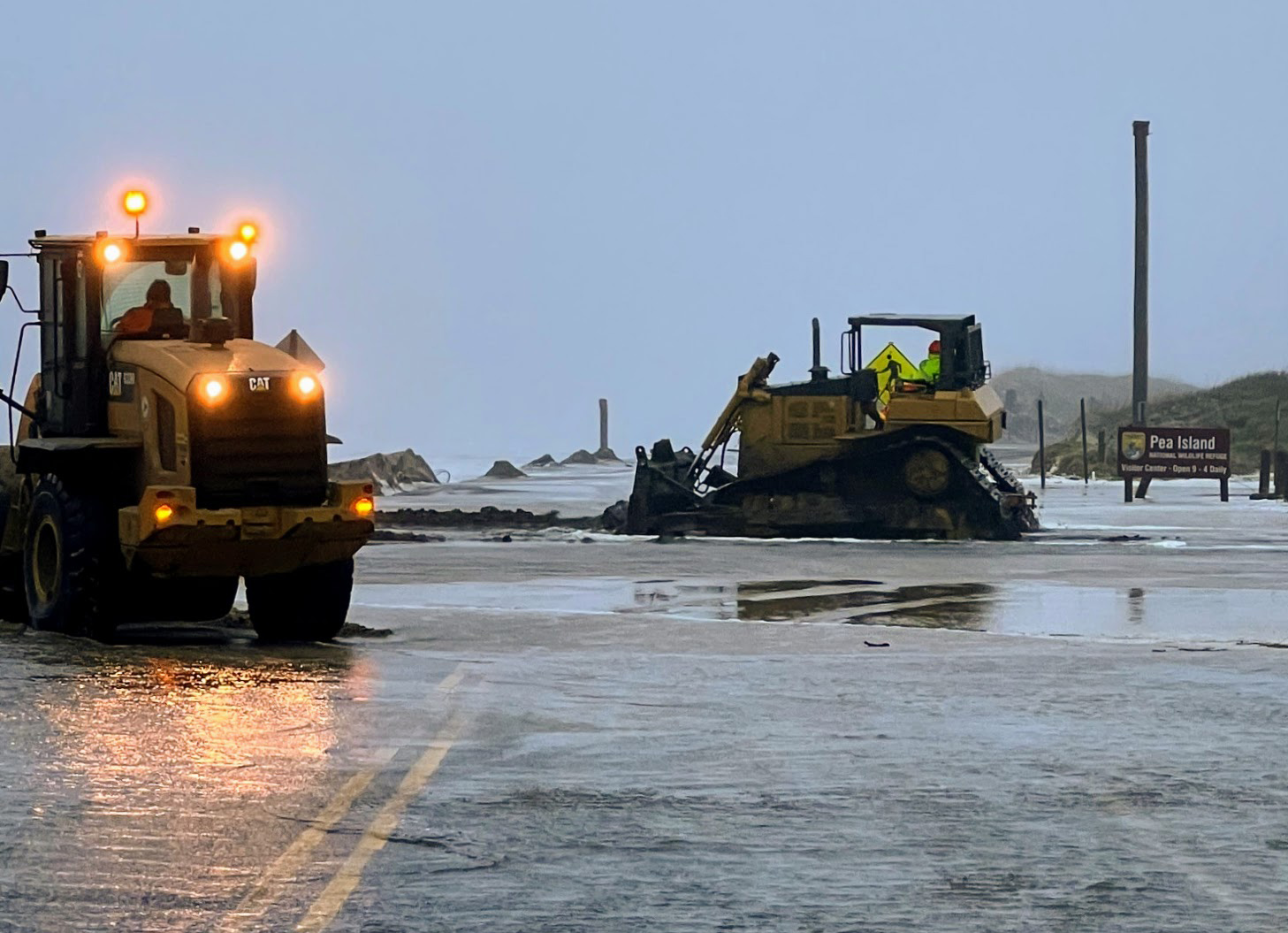NCDOT Reports that Animal Collisions Dramatically Increase as Temperatures Cool Down
The falling leaves and lower temperatures enjoyed in North Carolina’s autumn season unfortunately results in rising rates of deer collisions. Per the North Carolina Department of Transportation (NCDOT) fall weather continues to correspond with high numbers of car accidents, spurred by the darting of deer onto roadways, increasing the risks of vehicle damage and personal injuries.
The reported number of animal-vehicle collisions in North Carolina in 2017 was 18,540, which was 629 more than the year before.
This statistic increases the total number of collisions over the past three years to close to 54,500, a great majority being with deer. The NCDOT’s latest study on animal collisions shows those crashes killed 14 people, seriously injured 69 others, resulted in 3,265 overall injuries, and caused nearly $141 million in property damage.
For the 15th year in a row, Wake County had the largest number of animal-related crashes with 822 in 2017, which is an increase of 91% from the previous year.
Dare County had one of the lowest crash rates in the state, and ranked 85 out of 100 on the list for 2017. Dare County had a total of 44 crashes in 2017, which was up roughly 23% from the previous year’s count of 34.
Hyde County’s rate was even lower at 27 crashes in 2017, which is a noticeable drop from 2016’s total of 36 crashes. Hyde County ranked 94 out of 100 in the state.
Counties in the far western part of the state have fewer drivers and roads, which accounts for their lower numbers of animal crashes. Graham County was the lowest at five crashes, while Swain County had six.
Deer are more present on the roadways throughout the fall and into early winter due to the hunting and mating seasons. Unfortunately, they also tend to travel more at times when it is harder to see them, including dawn and dusk. With the end of daylight savings time commencing at 2 a.m. on Sunday, Nov. 4, the time rewind increases the chance of deer being by roadways when drivers are travelling for their morning and afternoon commutes.
Traditionally, November records the highest number of animal-related crashes at nearly 22 percent of the annual total over the last three years, followed by October, December and January.
The most crashes occur in the evening between 5 p.m. and midnight, accounting for 50% of the overall total. In addition to night being the time when deer are more likely to be moving across roadways, it is also when decreased driver visibility makes it far more difficult to see the animals on or near roads.
The Department of Transportation has some helpful tips for motorists to decrease their risk of being in a deer-vehicle crash:
















